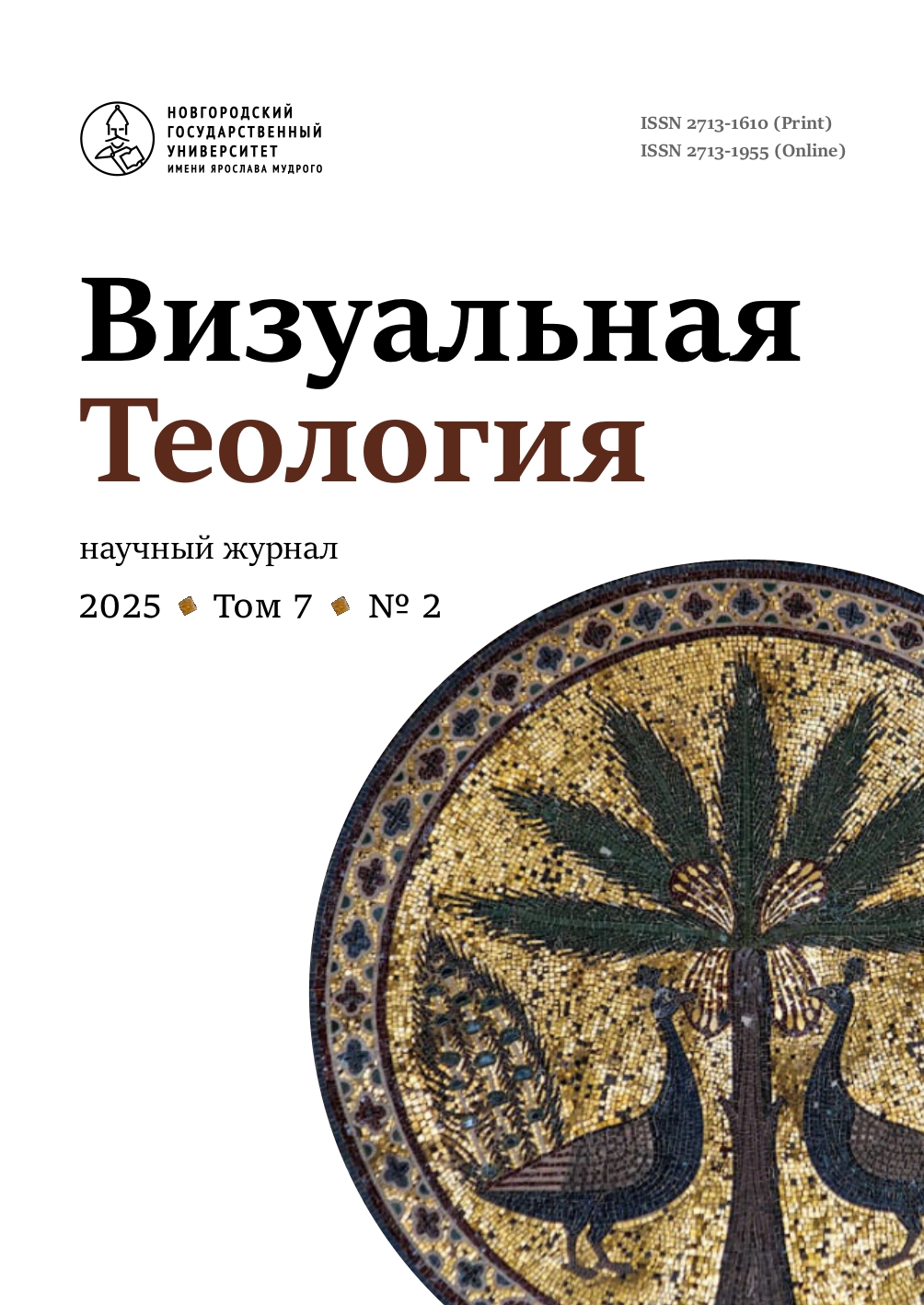Poetic theology of Jan Paul II: semiotic threshold and visualization of abstractions
Abstract
The central issue of the research is the question of the semiotic threshold ‒ the boundary between semiotic phenomena and no-sign territory (Umberto Eco), where man stops trying to understand metaphysical entities. The linguistic argument for God’s existence (God is embodied in signs) is followed by the linguistic problem of how to formulate knowledge about the objects of transcendence. Representative difficulties of the language of theology arise at the level of the semantic and epistemic ambiguity, which creates a situation of the hiddenness of God. The methodological discourse of this research (philosophical metaphysics, cognitive semiotics, and theolinguistics) presupposes the use of formal methods of analysis (logical-semantic, semiotic). In discussing the semiotic limitations of theological language, the author refers to Jan (John) Paul II’s “Roman Triptichus” (Tryptyk Rzymski). This text presents the poetic actualization of the U. Eco’s ideas about the threshold of representations. Jan Paul II expands the idea of the semiotic threshold by showing it in the discourse of God and man. The “Roman Triptych” presents a system of invisible transitions. Among them there is an ontological threshold between the eternal Word of God and the created world; the threshold of time between Eternity and the creation of man, life, and death; the threshold of fatherhood; the threshold of knowledge between language and transcendent God; the threshold of interpretation between the word and the visual image; the conclave as the “personal” border of the Pope, which separated Karol Wojtyła from John Paul II. Each threshold is associated with an epiphany of the invisible, for which John Paul II proposes the principle of analogia entis and the visualization of verbal symbols (the Book of Genesis) in an iconic image (the frescoes of the Sistine Chapel). Revealing itself as a visual sign-bearer, the Word acquires a body. Thus, from the pontiff’s point of view, works of art become sources of theological knowledge. The article emphasizes that this is the pontiff who speaks on the problem of crossing semiotic thresholds (Lat. pontifex, creator of bridges).


